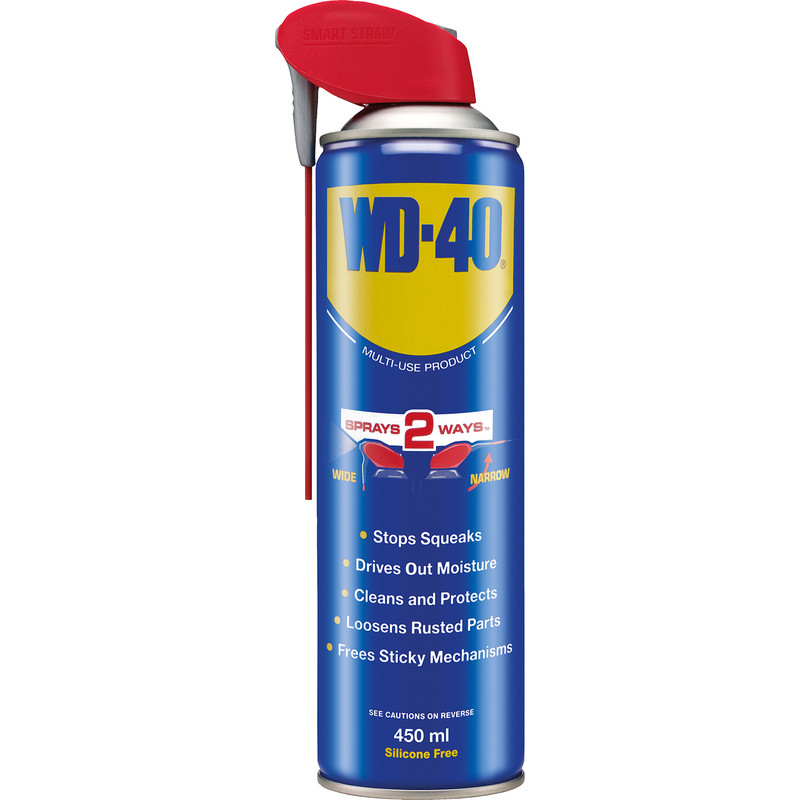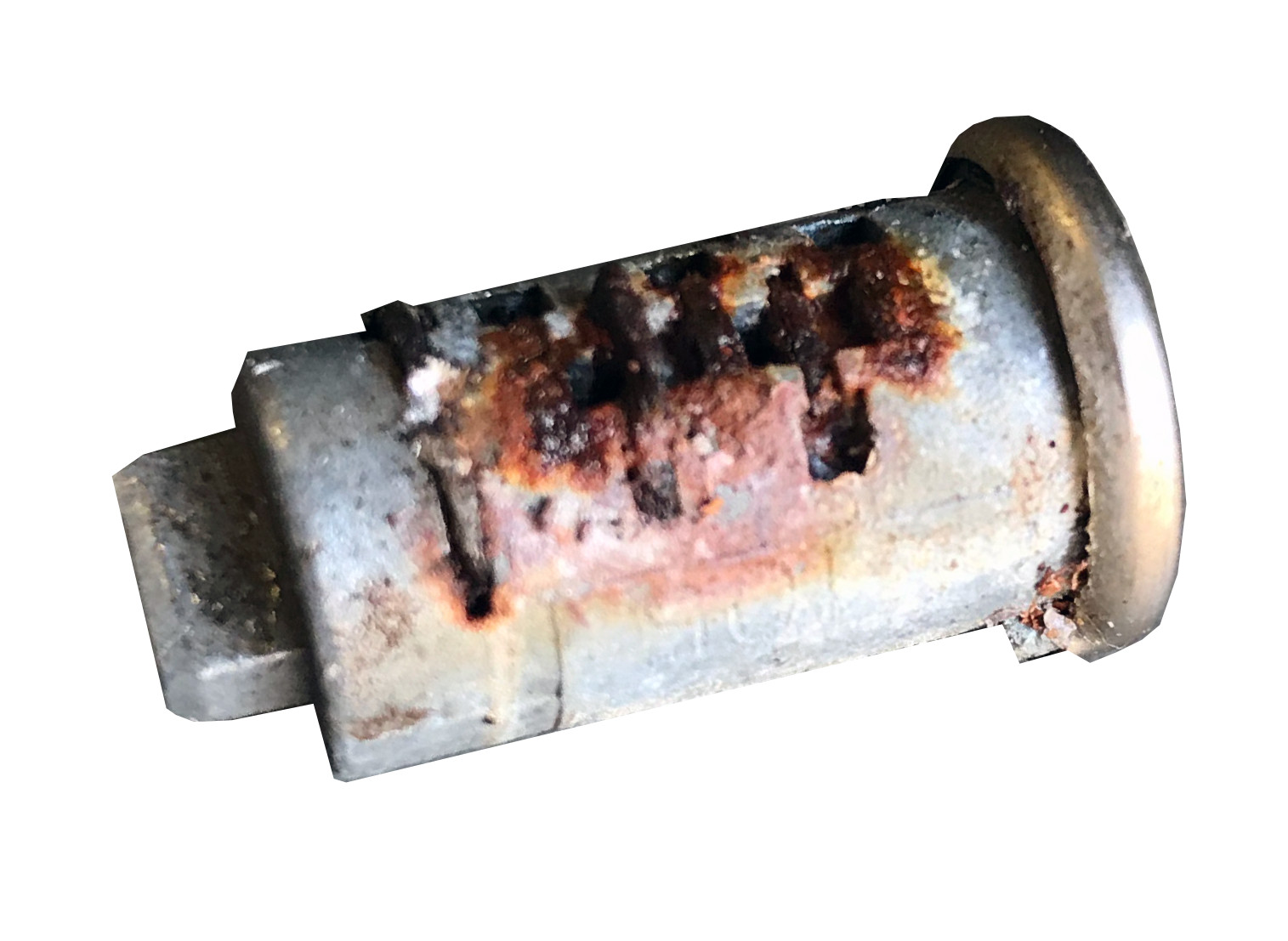How to unseize a lock

When a lock has been left for some time outside in the elements, rust and grime builds up and can seize a lock. Unseizing a lock can take some time and patience. The symptoms of a seized lock include not being able to insert the key, the key does not turn or the key turns but nothing happens.
To unseize a lock your need plenty of WD-40 (or something similar, but don’t use things such as 3 in 1 oils, PTFE, or Graphite).
Key goes in but does not turn: Using the WD-40 with the straw attached to the nozzle spray a large dose into the lock and leave for a few minutes. Then insert the key in and out like a saw to help the WD-40 move around in the lock. Occasionally removing and wiping the key each time with a tissue to remove any dirt. Test the key and if still not working repeat.
Key does does not go in: Usually this means the lock is heavily seized and can take several days to free up. First check there are no broken pieces of key or other debris in the lock which is causing the issue, and that you have the correct key. Using WD-40 with the straw attached to the nozzle, spray several large doses into the lock and leave for an hour. Try inserting the key again. If the key does not enter repeat this process as we mentioned before it can take days for the WD-40 to penetrate and release the lock.
Key enters the lock and turns but nothing happens: If this is the case then the key and barrel part sound like they are doing their job and it's what they are connected to that has the issue of either being seized or damaged.
An example of heavily seized lock, where the key can not move the wafers and therfore can not enter the lock:

